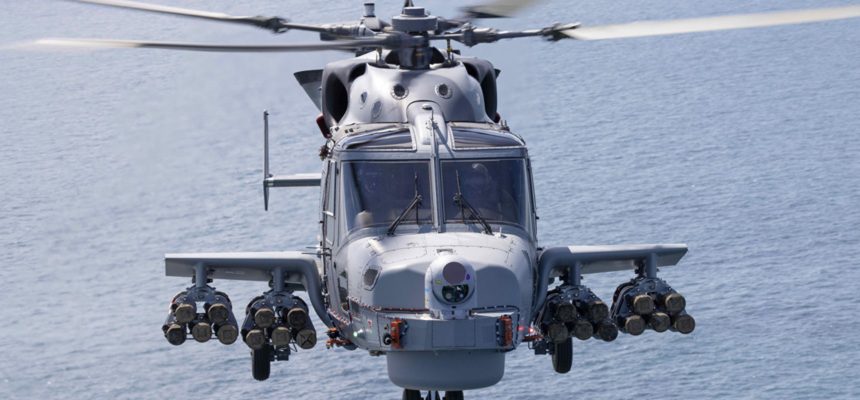A Royal Navy Wildcat of 815 Naval Air Squadron (NAS) has successfully and independently shot down a Banshee target drone using the Martlet missile in the air-to-air role.
Taking place at the Manorbier range, in South West Wales, the test saw a singular Banshee target drone launched out over the Bristol channel by a catapult rig set up on the shore, with the Wildcat HMA2 helicopter lying in wait. The Wildcat then independently acquired and tracked the target drone using its own onboard targeting systems before launching a singular Martlet missile to engage and destroy it.
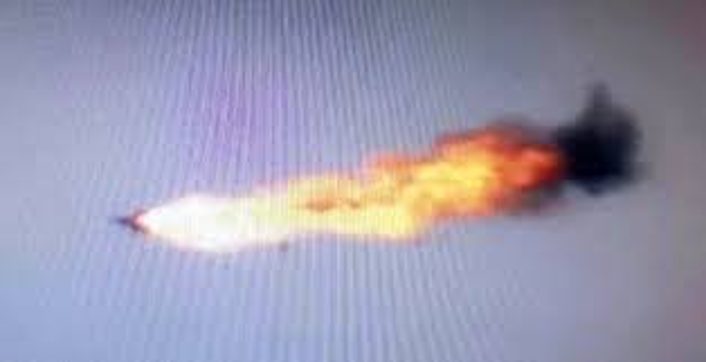
The success of this test demonstrates a key addition to the Royal Navy’s independent air defence capabilities as the Martlet and Wildcat offer a decent stand-off range through which it can deal with relatively small air targets such as the kamikaze drones being deployed in Ukraine and in the Red Sea. Helicopters are not commonly deployed in the air-to air role, but its addition to the Wildcat offers the fleet a much needed extra layer of anti-drone protection.
Latest news article:
Martlet missile gives Royal Navy Wildcat helicopter proven air-air capabilityhttps://t.co/nFssu7PEkz pic.twitter.com/ix8IF6uAsc
— Navy Lookout (@NavyLookout) November 2, 2024
Officer commanding 815 NAS, Commander James Woods, stated that the latest test was “a fantastic development for the Wildcat HMA2 helicopter and a significant advancement in maritime strike capability for the Royal Navy that further refines our ability to deter and neutralise airborne threats.”
“…Target destroyed…”💥
There’s an extra string to the bow of Wildcat helicopters after a Martlet missile – designed for use against surface targets – was used for the first time against an aerial drone, shot down by @815NAS off Wales.
🔗 https://t.co/JQXjGwh8Pj pic.twitter.com/ob54QudF4q
— Royal Navy (@RoyalNavy) November 2, 2024
The Pilot of the Wildcat conducting the test Lieutenant Dave Guest also stated that “Martlet is a highly-capable – and also cost-effective – weapon in our arsenal, ideal for this, while Banshee is representative of the challenges we face globally, particularly in the Red Sea.”
A wildcat from the same squadron was deployed to the Red Sea on board HMS DIAMOND, where the Type-45 destroyer was engaged by multiple drones as well as ballistic missiles, launched by the Houthi rebels in Yemen. In these engagements targets were destroyed using a mixture of the on board 4.5 inch naval gun and the Sea Viper air defence system firing Aster 15 and Aster 30 missiles, for medium and long ranged engagements respectively. Aster missiles, while effective against light aircraft and drones, are not cost effective for these types of engagements, with the cost of the Aster missile far outweighing that of the drones launched at them. It does not make fiscal or material sense to waste expensive Aster missiles on small drones when they should be saved to counter aircraft, cruise and ballistic missiles.
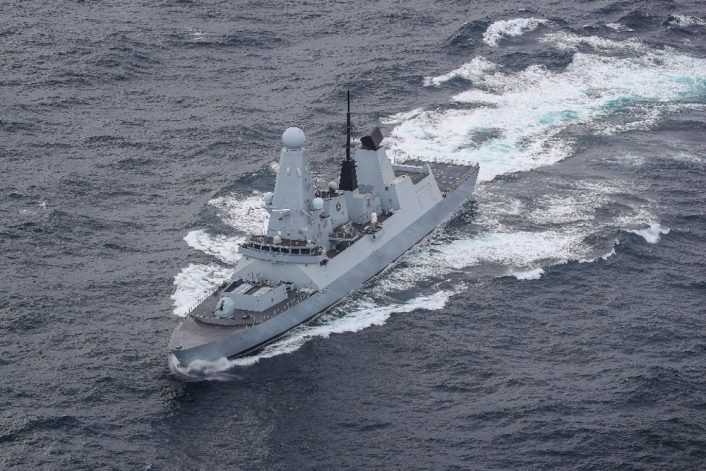
The deployed Wildcat was used extensively during the Red Sea Patrol acting as an intelligence platform for locating Uncrewed Surface Vessels (USVs) launched by the Houthis. It was equipped with Martlet missiles, but it was unable to use them in combat due to the timings of certain engagements. The latest live fire exercise proves that Martlet can be used in the air-to-air role and it is likely that reliance on the Wildcat for fleet defence in these scenarios will increase in the near future.
Martlet
The missile originally entered service in 2021 with the original role of targeting light surface vessels, patrol boats and missile equipped fast attack craft. Designed and built by Thales UK as the Lightweight Multirole Missile owing to the intention for it to be able to engage a variety of air and land based targets, it was soon dubbed the Martlet by the Royal Navy upon its entry into service.
Originally, fear over the threat posed by Iranian fast attack craft in the Persian Gulf prompted the development of the Martlet as a smaller and lighter alternative to the anti-ship missiles in use at the time, with it being designed for flexibility, accuracy and the ability for aircraft to carry many at once.
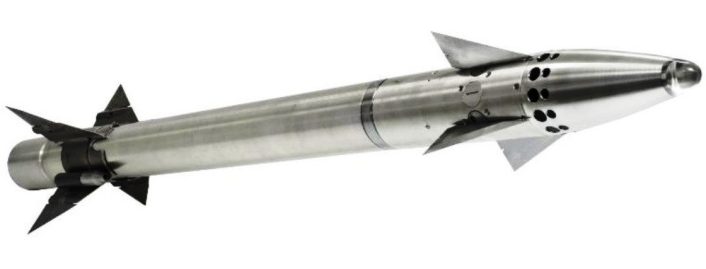
Martlet comes equipped with the Semi-Automatic Command Line of Sight (SACLOS) system, a laser beam-riding guidance system allowing for pinpoint targeting of the hostile, that can not be jammed. The small size of the system enables the deployment of racks of five missiles, with four of these racks able to be fitted at one time, allowing a total provision of twenty total missiles, giving the Royal Navy mass defensive firepower against swarms of small boats and attack craft.
Yet, the design for the Martlet isn’t entirely new as it has a design lineage that extends far back to the 1970s Blowpipe surface-to-air missile which first saw action as a man portable air defence system (MANPADS) during the Falklands War. The aerodynamic shape of the Blowpipe missile evolved little as it was developed into the Javelin and later the Starburst missiles, with all originally designed primarily to target aircraft. Thales used the aerodynamic design of the previous missiles to save time on producing new aerodynamic data allowing them to focus on the internals of the missile itself. This produced a missile that can fly at a maximum speed of Mach 1.5 with a maximum range of 8 km all whilst carrying a 3kg warhead.
This latest test proves the true multirole nature of the Martlet missile enabling it for use far beyond the original requirement for the Royal Navy.
Wildcat firepower. @815NAS Wildcats just showing their teeth as they fire their new Martlet missile. 💥 #MaritimeAttackisBack
🔗 Read more: https://t.co/XfdNF7Jxcnpic.twitter.com/jbSbnigRJZ
— Royal Navy (@RoyalNavy) June 9, 2020
The Banshee
The ill fated target for the Martlet in this test was the Qinetiq Banshee target drone, employed by the Royal Navy as a kinetic target for testing weapons and simulation target to test reaction times and responses by Royal Navy crews when they encounter cruise missile, drone and aircraft in their operational roles.
In this role the Banshee entered service in 2021 in a limited trial run led by flight 700x NAS, where the drone was tested against the crew of HMS Prince of Wales in the simulated attack role. The Banshee is partially intended to replace the role of the Hawk T1s formerly operated by 736 NAS for adversarial training for warships.
The variant shot down by the Martlet was a propeller powered variant, without much of the testing and sensor equipment used by 700x NAS’s jet powered variant the Banshee Jet 80.
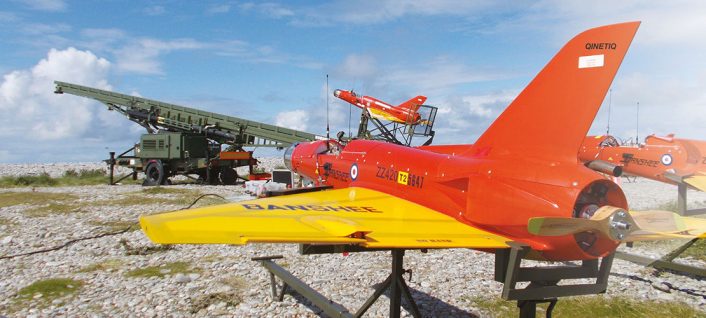
Usage in Ukraine
Both the Martlet missile and the Banshee drone have seen use by the Ukrainian Armed Forces in their fight back against Russia’s illegal invasion.
The Martlet has been supplied in large numbers to supplement the Starstreak MANPADS in use by the Ukrainian ground forces in the light air defence role. The Martlet missile is compatible with the launcher for Starstreak and acts as a second source of ammunition for both the MANPADS launcher and the six Alvis Stormer air defence vehicles which were also supplied to Ukraine.
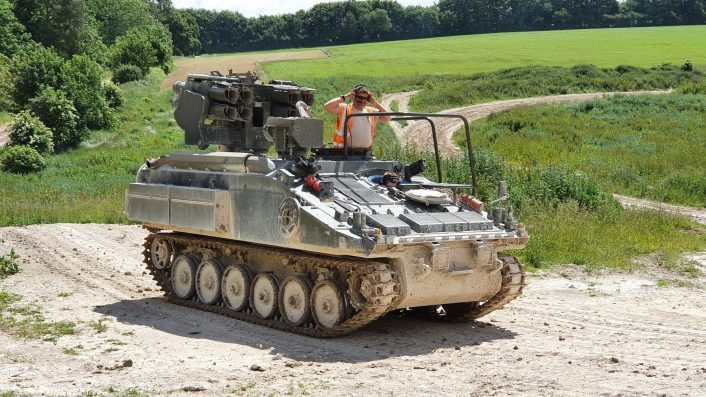
Six hundred and fifty Martlets were pledged in 2024 to be sent to Ukraine by the UK after they were successfully used during the earlier stages of the war, highlighting not only the UK’s commitment to the defence of Ukraine, but also their own firm belief in the success of the Martlet missile in the air defence role.
#Ukraine: The first video of a UK-supplied Martlet multirole missile – not a Starstreak as widely claimed – in action with the Ukrainian troops. As reported, it took out a Russian Orlan-10 UAV and this appears credible given the reaction, but we cannot see precisely what was hit. pic.twitter.com/i6sP6649h6
— 🇺🇦 Ukraine Weapons Tracker (@UAWeapons) April 10, 2022
Additionally, the Banshee drone has been supplied to Ukraine by the UK, with the jet powered variant being used as both a kamikaze drone and an intelligence, surveillance and reconnaissance (ISR) platform by the Ukrainian Armed Forces. One Banshee was reportedly captured by Russia in February 2024, yet supplies still continue at pace, indicating some belief in the success of the Banshee in these roles.
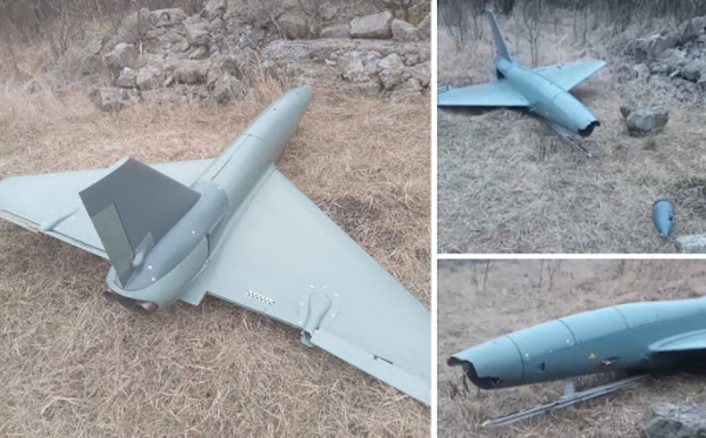
The success of the latest air-to-air test firing indicates another key success for British research and development following the successful launch of the Sea Venom missile a few weeks previously. The Royal Navy is on course to have a potent weapon system in the Wildcat, with the success of both these recent trials, ensuring that the Navy is equipped to deal with all the threats it may one day encounter.

